The iPhone software developers kit (SDK) introduced by Apple on Thursday is proof the company is determined not to replicate mistakes made during the onset of its Mac platform, investment bank Piper Jaffray said Friday.
"Whereas Apple lacked a full developer community for the Mac in the 1980s, the company is taking precautions not to let limited developer support hinder the iPhone platform," he wrote. "The platform with the most active developer community will likely win the battle in the mobile computing arena."
In addition, Munster said the proliferation of third-party applications is a critical step in the future of the iPod, which has been met with its first signs of demand softness over the past several quarters. He believes the advent of "this feature-rich Internet-connected platform," coupled with lower pricing, will inevitably spark a new chapter of growth for the devices which have recently shown signs of flirting with their saturation point in the market.
However, some challenges to this approach remain, according to the analyst, such as cost reduction. For example, a tear-down analysis of the iPhone and iPod touch suggests that Apple pays $15 for the Wi-Fi module in the devices and roughly $30 for the touch-screen.
"For a $99 or $149 iPod, these costs apply margin pressure that will force Apple to innovate around the idea of an Internet connected iPod, which requires a larger screen than current iPod nanos, and an improved user input interface (like multi-touch technology)," Munster wrote. "We believe Apple is developing such solutions that will enable the company to deliver lower cost, Wi-Fi connected iPods in the near future."
The analyst also advised clients that the company has licensed Microsoft's ActiveSync technology, and thus plans to include support for enterprise-grade "push" email as part of a June software update to the iPhone. Nevertheless, he said, Apple still faces an uphill battle against Blackberry maker Research in Motion (RIM), whose approach towards push email funnels messages through Network Operations Center (NOC) in Canada, which is less taxing on its handset's battery life and thus results in an excellent user experience.
"So, the new iPhone features put the device on equal footing with Windows Mobile devices, but RIM offers a unique solution for enterprise customers," Munster explained. "Additionally, most businesses using the Blackberry platform have also purchased specialized hardware, which represents a significant hurdle for widespread iPhone adoption in business environments. Apple's move enables the iPhone to begin competing with Blackberry and Windows Mobile, but some hurdles to adoption remain, like the cost of the iPhone."
In a research note to his own clients, American Technology Research analyst Shaw Wu shared a similar view on the matter.
"From the demo and our checks with beta testers, Apple's implementation of ActiveSync appears superior to existing ActiveSync implementations by other vendors," he wrote. "[However,] we continue to believe it is difficult to replicate Blackberry's robust push e-mail, but iPhone has improved their product and is preaching the benefits of a simpler architecture [...]. While this is an improvement, Apple has a long road ahead in making inroads in Enterprise."
Both Munster and Wu maintained their Buy rating on shares of Apple, making no changes to their model. However, both said Thursday's announcements reinforce their convictions that Cupertino-based company is well on its way to surpassing its goal of selling 10 million iPhones in calendar year 2008.
 Katie Marsal
Katie Marsal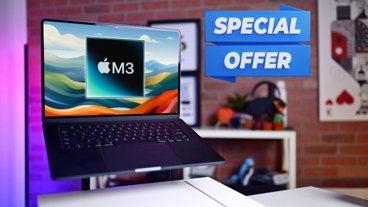

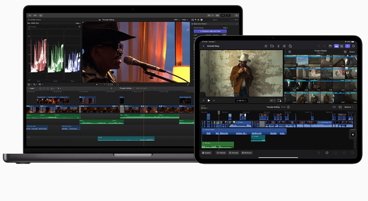










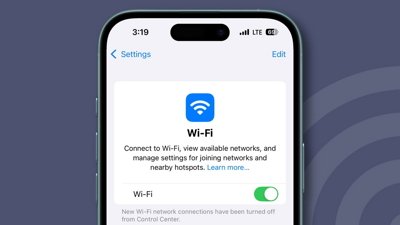
 Andrew Orr
Andrew Orr
 Sponsored Content
Sponsored Content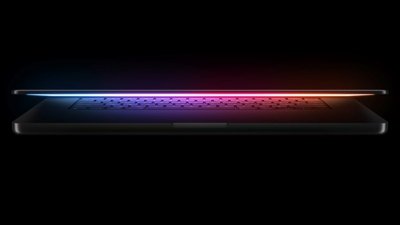
 Wesley Hilliard
Wesley Hilliard
 Malcolm Owen
Malcolm Owen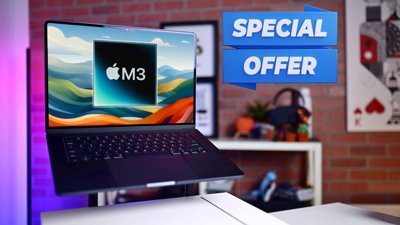
 Christine McKee
Christine McKee


 William Gallagher
William Gallagher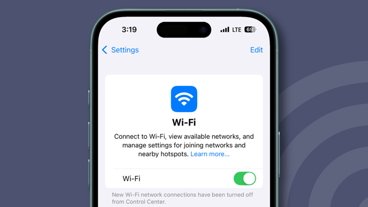
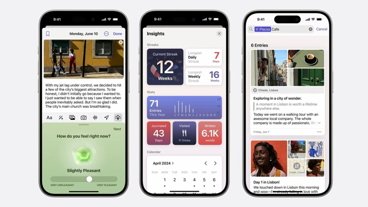






111 Comments
Can someone explain what this means? What is NOC and how does it help the battery life of a phone?
I dunno. At $399 the iPhone seems pretty competitive. The main cost seems to be the flash RAM, and that should be falling steadily in the future. And anyway, the real cost is the subscription, which around $60 a month adds up to around $1500 over 2 years. That's very competitive. So what exactly are these guys complaining about?
Can someone explain what this means? What is NOC and how does it help the battery life of a phone?
Someone with real knowledge of the matter will likely give a lot better answer, but I think the basic idea is: with an NOC, if your device is asleep (or out of range), the message gets cached on a server, and when your device is in back on, it can then get its messages gracefully. Without an NOC, the device has to keep a little more power going to some of its chips, continually listening for messages.
I think that's what they're talking about. Anybody out there, feel free to obviate this explanation with a better one
Can someone explain what this means? What is NOC and how does it help the battery life of a phone?
The best way to understand this is to watch the streaming presentation Apple made.
It's available on their website.
I don't agree with this. I was a novice programmer at the time and I felt that Apple and others provided plenty of info to develop applications for the Mac. I've had more trouble learning Cocoa now than I did back in the 1980's. I wish I had held onto the Phonebook though (this was a phonebook looking thing that had all of the system routines).